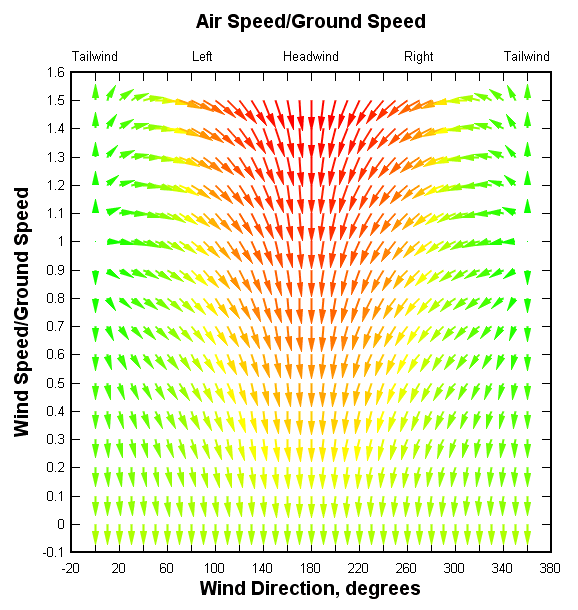
Here we see the plot is divided into panels, one for each ‘cut’. Let’s add faceting to the previous plot Plot With Factors In R In ggplot, this is called faceting and is done with the facet_wrap() or facet_grid() function. Instead small multiple plots (different data, same settings) can be used. Sometimes, trying to squeeze a lot of data into one plot isn’t the clearest way to show it. We can still use the aesthetic mapping in the geom to colour our points by a factor 6.4 Small multiple plots Let’s have a boxplot for the whole of the cut, irrespective of the colour.Īnd of course, the whole thing still works even if we are comparing two numerical columns. Remember layers/geoms are independent, so can be set up to show individual aspects of the data. We can also throw other geoms on top in the same way. The width option tells the spots how far to stay apart. We use position_dodge() to make them dodge each other. The spots are all overlapping, we can force the different colours to stay separate with the position option. We do this by creating a new aesthetic mapping within the geom_jitter() Now let’s throw a second variable in there, lets see how color varies within each cut. Let’s look at applying mappings by a factor. We can also ask for all the different values of the factor, in R called the levels 6.3 Colouring by factors We use the dataset $ column name syntax for this. We can confirm that by asking for the class of the column, that is, the type of data in it. These are the factor variables of this dataset. Here we can see the cut, color and clarity columns are all non-numeric, textual data. Looking at the diamonds data set we can see how this is set up in R. These categorical columns are called Factors in R. In previous plots we’ve been using categories, specifically the Species category to split our data, colour our plots etc.

For this we assign the levels ourselves in factor().įor style purposes the user may wish to assign labels to each level. Instances can arise where the user knows the number of possible values a factor can take on is greater than the current values in the vector. To example how factors work we will create a factor with default attributes, then custom levels, and then custom levels and labels. Levels are the values x can possibly take and labels can either be the given element or determined by the user. Given a vector x whose values can be converted to characters using as.character(), the default arguments for factor() and as.factor() assign an integer to each distinct element of the vector as well as a level attribute and a label attribute. Exampleįactors are one method to represent categorical variables in R.

Currently methods exist for “lm”, “glm”, “loess” class models. Draw one or more conditional effects plots reflecting predictions or marginal effects from a model, conditional on a covariate. Factor.cex If x is a factor variable in the model, the “expansion factor” to use for the point size. Factor.fill If x is a factor variable in the model, the color to use for the fill of the points.

l If x is a factor variable in the model, the color to use for the border of the points. To create an ordered factor in R, you have two options: Use the factor function with the argument ordered=TRUE. This type is called ordered factors and is an extension of factors that you’re already familiar with. In R, there is a special data type for ordinal data. Cplot With Factors R Average ratng: 4,3/5 4544 reviews


 0 kommentar(er)
0 kommentar(er)
